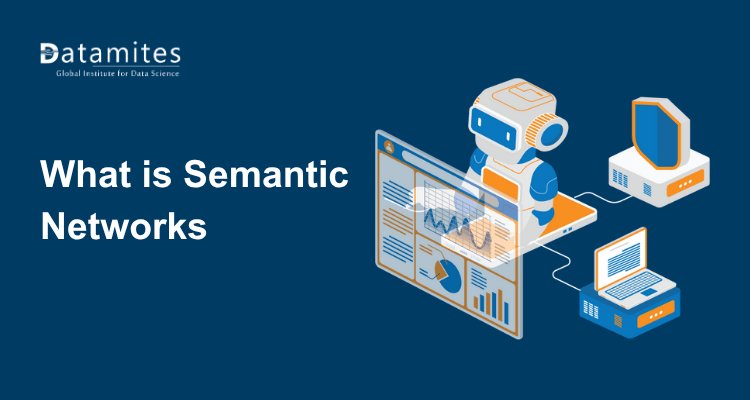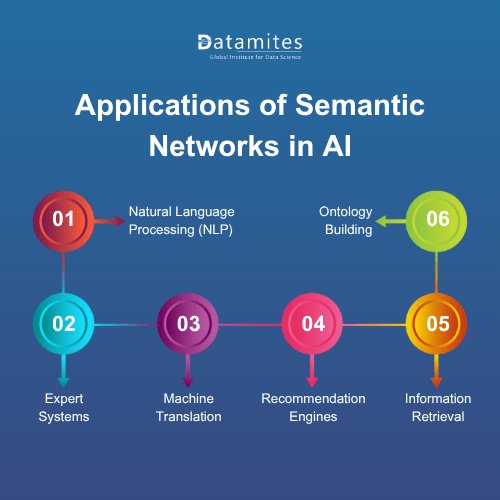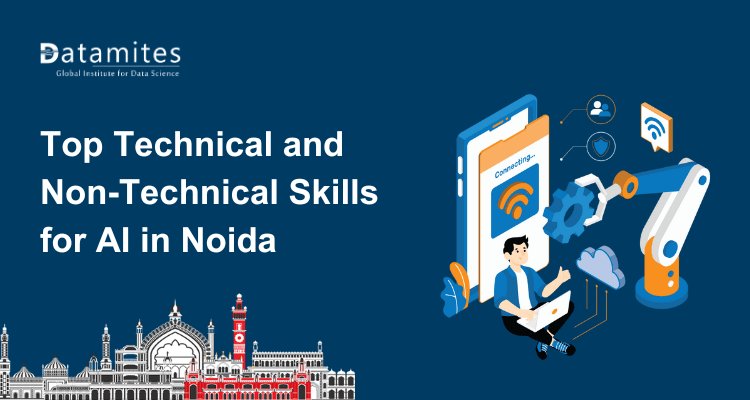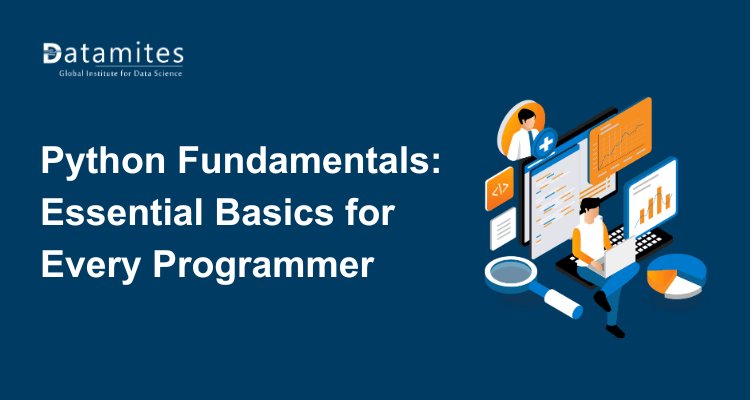What is Semantic Networks in Artificial Intelligence
Semantic Networks in Artificial Intelligence are a knowledge representation technique that organizes information into interconnected nodes (concepts) and links (relationships).

Imagine if machines could understand not just words, but the relationships between them like how “Paris” is the capital of “France” or how “a cat” is a type of “animal.” This is exactly what Semantic Networks in Artificial Intelligence aim to achieve. By mapping knowledge into a web of interconnected concepts, semantic networks help AI think more like humans, enabling smarter decision-making, better context understanding, and more natural interactions. Whether it’s powering intelligent search engines, enhancing chatbots, or driving knowledge-based systems, semantic networks are the hidden architecture behind AI’s ability to connect the dots.
What is Semantic Networks
A Semantic Network (or semantic net) is a graph-based knowledge representation model in which concepts, represented as nodes, are connected by relationships, depicted as edges or arcs. This approach mirrors the way humans store and link information through associations. First introduced in the fields of cognitive psychology and linguistics, semantic networks have evolved into a powerful AI tool for modeling intelligent behavior especially in understanding and generating natural language. Within AI systems, they enable inference, reasoning, and decision-making by organizing knowledge in a clear, interpretable, and structured format. For example, advanced AI algorithms leveraging semantic networks can achieve up to 99% accuracy in detecting fraudulent transactions.
Components of a Semantic Network
Semantic networks consist of several key components that work together to represent knowledge meaningfully:
1. Nodes
Nodes represent concepts or entities. These could be tangible objects like “Car” or “Apple,” or abstract ideas like “Happiness” or “Speed.”
2. Edges (Links)
Edges define relationships between nodes. For example, an edge might connect the node “Bird” to the node “Animal” with a relationship called “is-a” (meaning a bird is a type of animal).
3. Labels
Labels describe the nature of the relationship between nodes, such as “is-a,” “has-part,” “can-do,” or “owned-by.”
4. Properties/Attributes
Some nodes can have associated attributes, like “Color,” “Size,” or “Function.”
5. Hierarchical Structure
Semantic networks often exhibit hierarchical or taxonomic structures, where concepts are arranged in parent-child relationships for efficient inheritance of properties.
Refer these below articles:
- Agentic AI vs Generative AI: What’s the Difference?
- How Do Big Data and AI Work Together?
- What is an AI Agent? Guide to Intelligent Agents in AI
Types of Semantic Networks
Semantic networks are not a one-size-fits-all approach they vary based on the purpose of knowledge representation. The main types include:
- Definitional Networks: These focus on hierarchical relationships between concepts, making them ideal for defining categories and subcategories. For example: “Rose is-a Flower” and “Flower is-a Plant.”
- Assertional Networks: These capture specific facts about objects or entities. For instance: “The Eiffel Tower is located in Paris.”
- Inheritance Networks: These enable concepts to inherit properties from broader categories. For example, if “Birds can fly” and “Robin is-a Bird,” the system can infer that “Robins can fly.”
- Executable Networks: These combine stored knowledge with procedural rules, allowing not just fact storage but also the execution of actions when certain conditions are met.
According to Grand View Research, the global wearable AI market was valued at USD 26,879.9 million in 2023 and is expected to reach USD 166,468.3 million by 2030, growing at a CAGR of 29.8% between 2024 and 2030.
How Semantic Networks Work in Artificial Intelligence
Semantic networks act as a crucial bridge between human language and machine understanding. With AI-powered voice assistants projected to reach around 8 billion users by 2025, their role is becoming increasingly significant. In AI systems, semantic networks typically operate in the following way:
1. Knowledge Representation
Semantic networks allow AI systems to store knowledge in a structured way. Instead of flat data, the system understands relationships and context. For instance, it knows that a “Penguin” is a “Bird” but doesn’t fly.
2. Inference and Reasoning
AI can infer new knowledge by traversing relationships. For example, if “Whale is a Mammal” and “Mammals are warm-blooded,” it can deduce that “Whales are warm-blooded.”
3. Semantic Search and Retrieval
Used in search engines and recommendation systems, semantic networks help retrieve more relevant results based on context, not just keywords.
4. Natural Language Understanding (NLU)
In NLP, semantic networks enable machines to interpret meaning from human language, enabling applications like chatbots, virtual assistants, and language translation.
Read these below articles:
Applications of Semantic Networks in Artificial Intelligence
Semantic networks have widespread applications across various AI subfields:
1. Natural Language Processing (NLP): Used in parsing, semantic role labeling, and question answering systems. For example, Google's Knowledge Graph uses a massive semantic network to answer user queries contextually.
2. Expert Systems: In AI-based diagnostic or decision-making tools, semantic networks model domain knowledge, allowing systems to reason like a human expert.
3. Machine Translation: Semantic networks aid in context-aware translations, helping machines distinguish between multiple meanings of a word based on the surrounding context.
4. Recommendation Engines: By mapping user preferences to a semantic net, AI can make smarter recommendations based on semantic similarities and inferred interests.
5. Information Retrieval: Search engines and document classification systems use semantic networks to understand the intent behind search queries, not just keywords.
6. Ontology Building: Semantic networks help build ontologies, which are formal representations of knowledge within a domain. These ontologies support reasoning and data integration in AI systems.

Examples of Semantic Networks
Semantic networks are powerful tools for visualizing and understanding relationships between concepts across a wide range of domains. Below are some practical examples showing how these networks can effectively represent hierarchical and associative structures:
1. Animal Classification
This example demonstrates how animals can be categorized based on shared characteristics:
- Concepts (Nodes): Lion, Tiger, Bear, Wolf
- Connections (Edges): Linked by the relationship “is a”
- Categories (Labels): Mammal, Carnivore, Predator
Each animal is connected to broader classifications, showing that they are mammals, carnivores, and predators. This hierarchy helps AI systems group and infer characteristics across different species.
2. Food Chain Structure
Semantic networks can also model ecological relationships like predator-prey dynamics:
- Concepts (Nodes): Fruit, Apple, Banana, Animal, Lion
- Connections (Edges): Represented by the relation “eaten by”
- Categories (Labels): Herbivore, Carnivore, Predator
In this network, fruits like apples and bananas are linked to herbivores, while animals like lions are shown as carnivores that consume other animals. This structure supports reasoning about food chains and dietary classifications.
3. Programming Concepts
Used in educational and technical domains, semantic networks can organize programming knowledge:
- Concepts (Nodes): Programming Language, Python, Java, Data Types, Integer
- Connections (Edges): Defined using “is a” and “has” relationships
- Categories (Labels): High-Level Language, Variable, Numeric Type
Here, programming languages like Python and Java are classified as high-level languages. Data types like Integer are shown as part of programming concepts, allowing systems to understand how coding elements are structured and related.
Semantic networks are a powerful tool in Artificial Intelligence for representing knowledge in a way that machines can understand, visualize, and use for reasoning. By linking concepts with meaningful relationships, AI systems can perform intelligent inference, understand natural language, and make more accurate predictions.
Bangalore, often hailed as India’s technology capital, has integrated Artificial Intelligence into diverse industries, revolutionizing business operations and enhancing the way people engage with technology. Joining an artificial intelligence institute in bangalore empowers you with advanced, in-demand skills while placing you at the center of India’s AI revolution where opportunities are vast, and the potential for growth is unparalleled.
DataMites Artificial Intelligence Institute in Hyderabad provides a well-rounded AI training program designed for both beginners and working professionals. The course includes hands-on projects, guidance from industry experts, and robust placement assistance, making it ideal for anyone looking to advance their career in Hyderabad’s booming tech industry. Upon successful completion, learners receive globally recognized certifications from IABAC and NASSCOM FutureSkills, boosting their professional credibility and improving their prospects in the competitive AI job market.





